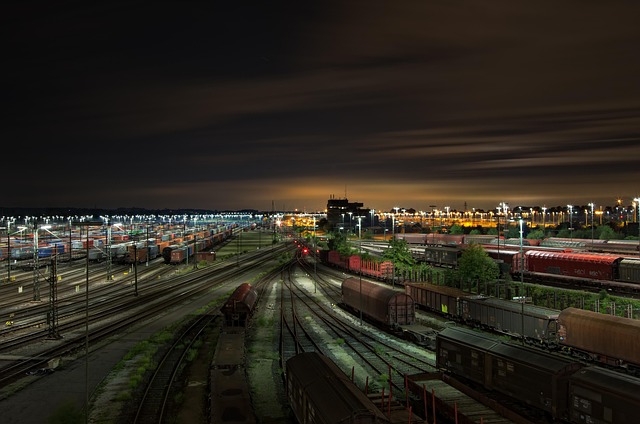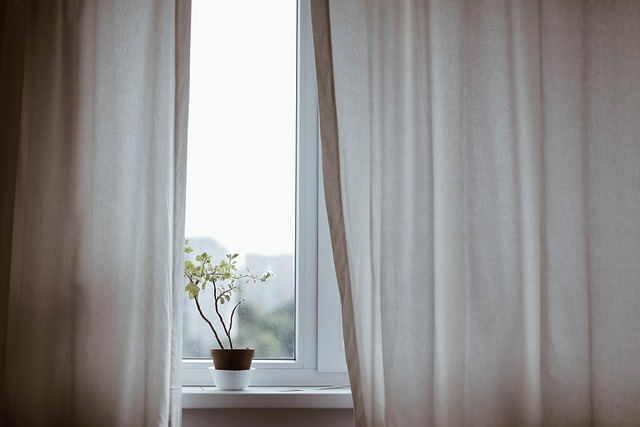In the bustling heart of our cities, where concrete and steel dominate the skyline, pockets of serenity bloom in the most unexpected places. Urban plant yards are emerging as vibrant sanctuaries, transforming the ever-expanding urban landscape into a flourishing canvas upon which nature paints its masterpieces. These green oases not only contribute to the aesthetic appeal of our surroundings but play a crucial role in nurturing the environment.
Creating urban plant yards is more than just a gardening trend; it’s a lifestyle choice that resonates with eco-conscious individuals striving for a deeper connection to nature. Picture a community brimming with colorful flower gardens, fragrant herbs, and lush greenery lining the streets. Each urban plant yard serves as a mini-ecosystem, attracting bees, butterflies, and birds, all vital for the delicate balance of our environment. They remind us that even amidst the fast-paced life of city living, nature has a resilient spirit that can thrive with a little bit of care and attention.
Gardening in these urban spaces can seem daunting, but it offers an opportunity to engage with the environment in a meaningful way. Whether it’s a window box overflowing with cascading blooms or a rooftop garden that boasts herbs and vegetables, every small contribution adds to the collective effort of creating greener cities. Individuals and community groups alike are adopting practices such as vertical gardening, container gardening, and community flower plots. These methods not only promote biodiversity but also enhance air quality, reduce urban heat, and lower stress levels for those who cultivate and enjoy these spaces.
The joy of tending to your urban plant yard cannot be overstated. It’s a form of therapy, a quiet escape from the noise of daily life where the vibrant colors of petals and the soft rustle of leaves become your company. The process of nurturing a plant is a reminder of the patience and resilience necessary for growth—not just in nature, but in our own lives. In nurturing our gardens, we also nurture our spirits, cultivating an appreciation for the simpler things that often go unnoticed in our busy routines.
Moreover, urban plant yards can serve as a vital educational tool, teaching community members of all ages about the importance of sustainability and environmental stewardship. Workshops and neighborhood gatherings can transform these green spaces into vibrant centers of learning, sharing knowledge about native plants, composting, and pollinator-friendly practices. Children who dig in the dirt learn about responsibility and the thrill of watching their efforts come to life, fostering a sense of wonder for the natural world around them.
As we continue to navigate the challenges of urbanization, embracing the ethos of green spaces becomes increasingly important. Urban plant yards are not just beautiful; they are essential. They act as a counterbalance to the encroaching effects of climate change, serving as green lungs for our cities and reminding us of the importance of nature in our lives and wellbeing. Working together to cultivate these gardens cultivates hope for a sustainable future, where urban landscapes are as much about nature as they are about human innovation.
In this journey towards restoring balance, let us not underestimate the power of community in creating lush, inviting urban plant yards. By collaborating on projects, sharing resources, and inspiring one another to embrace our green thumbs, we can reclaim our cities, allowing beauty and biodiversity to thrive where once only concrete existed. Urban flower gardens are flourishing in spaces once thought lost to urban sprawl, growing not only flowers and herbs but also a stronger sense of community and environmental responsibility. Nature’s resilience shines through in these small yet significant urban plant yards, nurturing not just the soil, but the heart of the city itself.




